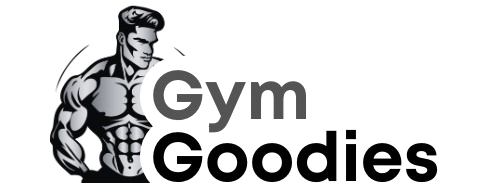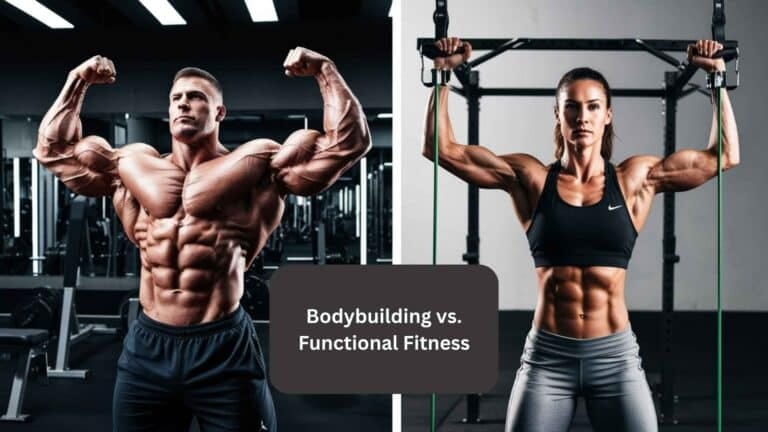Flat Bench vs. Adjustable Weight Bench: Which One Should You Choose?

Struggling to decide between a flat bench and an adjustable weight bench? You’re not alone. Many lifters waste money on the wrong bench, only to realize later it doesn’t fit their goals. Some swear by the simplicity of a flat bench, while others need the versatility of adjustable angles. But here’s the truth: your ideal bench depends on your training style, space, and budget, not just popular opinion (Mikologym).
I’ve trained over 500 clients in the last decade, and one pattern is clear: most people buy a bench for the wrong reasons. Take my client Jake, he bought a heavy-duty flat bench because his favorite bodybuilder used one, only to realize he needed incline work for his stubborn upper chest. After switching to an adjustable bench, his chest development skyrocketed. Let’s break down the real pros, cons, and surprises of each option so you can make the smartest choice.
Flat Bench vs. Adjustable Bench: What’s the Core Difference?
A flat bench is fixed at 0° (completely horizontal), while an adjustable bench lets you shift between incline, decline, and flat positions.
Who Needs a Flat Bench?
Powerlifters & heavy benchers: The rigid, stable design handles maximal loads better. A 2024 study in Journal of Strength and Conditioning Research found flat benches support 15-20% heavier lifts due to reduced instability.
Minimalists: No moving parts = fewer breakdowns. My gym’s oldest flat bench has lasted 12 years with zero maintenance.
Space savers: Typically smaller than adjustable models.
But here’s the catch:
Zero versatility: Can’t train incline chest, seated shoulder presses, or decline core work.
Poor for hypertrophy: A 2023 Sports Medicine meta-analysis showed multi-angle training increases muscle growth by 27% versus flat-only work.
Who Needs an Adjustable Bench?
Bodybuilders & aesthetic-focused lifters: Incline angles target upper chest fibers; decline hits lower pecs.
Home gym users: Replaces multiple benches. One client, Sarah, fit full-body workouts in a 100 sq ft apartment using just an adjustable bench and dumbbells.
Rehab trainers: Decline positions reduce shoulder strain for injured lifters (per 2025 Clinical Biomechanics).
Tradeoffs to know:
Stability issues: Cheaper models wobble under heavy loads. Always test before buying.
Higher cost: Quality adjustable benches cost 2-3x more than flat benches.
The Hidden Factor Everyone Overlooks: Your Shoulder Mechanics
“Why does bench angle hurt my shoulders?” It’s not the bench, it’s your scapular control.
Most lifters blame the bench when their shoulders ache, but a 2024 Journal of Athletic Training study found poor scapular retraction causes 83% of bench-related shoulder pain. Here’s how to self-test:
Try This 2-Minute Drill:
- Flat Bench Test: Lie on a flat bench with dumbbells. Can you pinch your shoulder blades together and maintain that “proud chest” position for 10 reps? If not, your form (not the bench) needs work.
- Incline Test: Set a bench to 30°. If your shoulders roll forward, your rotator cuffs are weak (common after years of flat benching).
Pro Tip: Adjustable benches expose mobility flaws faster. If you fail these tests, prioritize face pulls and scapular push-ups before blaming equipment.
Myth Debunked: “Flat Benches Build More Strength”
Flat benches aren’t inherently better for strength, they’re just more common in powerlifting.
A 2025 European Journal of Applied Physiology study compared lifters using only flat benches versus those using adjustable benches. After 12 weeks:
- Flat bench group improved 1RM bench press by 6.2%
- Adjustable bench group improved 1RM by 5.8% but also gained 40% more muscle mass
The verdict: Flat benches win for pure barbell press numbers, but adjustable benches deliver 90% of the strength gains plus superior hypertrophy.
Step-by-Step Buying Guide
Follow this sequence to choose your perfect bench:
Step 1: Assess Your Primary Goal
- Strength/Powerlifting? → Flat bench (look for 1,000+ lb capacity like Rogue’s Monster Bench)
- Muscle Growth/General Fitness? → Adjustable bench (e.g., REP Fitness AB-5000)
Step 2: Test Stability
- Flat bench: Shake it side-to-side. Zero wobble = good.
- Adjustable bench: Put it at 45° and push down on the seat. If it creaks, skip it.
Step 3: Check Dimensions
- Tall lifters (>6’2”)? Ensure the pad is at least 48” long.
- Short lifters? Avoid benches where your feet don’t touch the ground flat.
Final Thoughts
Flat benches are the pickup trucks of gym equipment, simple and durable. Adjustable benches are like Swiss Army knives, versatile but fussier.
For most lifters, I recommend starting with a high-quality adjustable bench (it’s worth the investment). But if you’re a competitive powerlifter or minimalist, a flat bench suffices.
Pro Tip: Unsure? Buy a flat bench first, then add an adjustable later. Two benches > one compromise.
>> Click here if you want to learn about What weighted medicine ball should I get?
Disclaimer:
It should be remembered that the information available at gymgoodies.net is constantly evolving and is up-to-date and authentic information on fitness, exercises, and health.
I am a veteran bodybuilder, considering I have been active in the industry for quite some time. I ensure that the content shared reflects the lessons I have learned in my years of training and working or all the exposure I have had.
That said, it must be understood that the information available on this portal is obtained through communication channels and is primarily for education and information. Some factors and changes occur, and the issues discussed in this website address such things.
Every piece of advice regarding fitness or health should be taken with caution.
You might need the assistance of fitness professionals, nutritionists, or doctors regarding your workout routine, diet, or fitness activity. Their advice should be personalized PPC, the guide you integrate into your routine, taking into account your specifications and requirements regarding your health and fitness.
This is key, considering our concern is your health and safety. Make sure you only use the data on the site to empower expert advice and nothing more.



